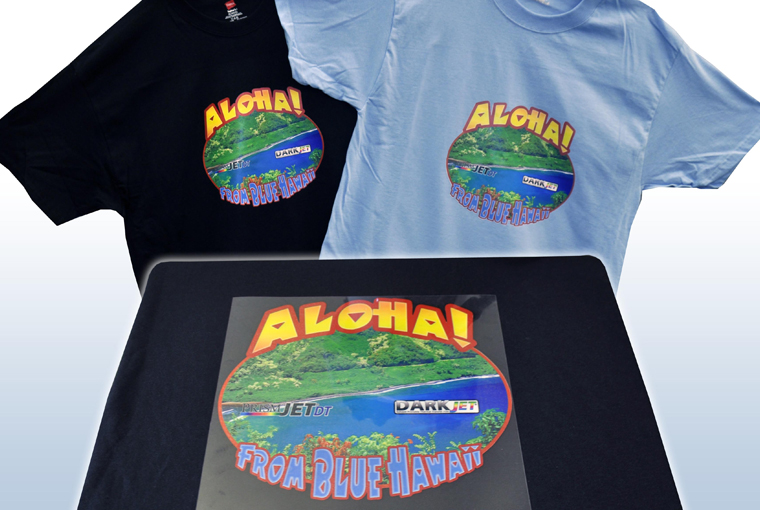Tips & Tricks For Successful Heat Printing

Get more creative and more innovative with Heat print technology. Print anything with heat press. With wide variety of fabrics and heat transfer materials in the market, there have been varied options for decorating. It works as a boon for today’s decorators business.
“Not saying that it would be easy but it will be worth it”. More the technologies, more are the challenges, move ahead with the challenges and print with confidence. Want to set up for success right from the beginning, consider the following tips:
STUDY GARMENT LABELS FOR FABRIC CONTENT AND CARE
Reading carefully the fabric instructions are small solutions to big problems. Therefore, check the compatibility of the fabric that are being decorated with the heat transfer materials and accordingly make the purchase.
Do not ignore the tags on the garment with instructions, it will help you to get a perfect result out of the printing technique. For example, there are certain fabrics that are heat sensitive like rayon and polyester. Application of higher temperatures on these fabrics can cause scorching, what is called as “heat press box” or “bruising” on the garment.
Whereas some garments may have ‘do not iron’ symbol or an instruction on maximum acceptable temperature. These instructions are to be read carefully as the protective coatings such as UV protection, water repellent, water proof or antimicrobial may interfere with the heat treatment by creating a barrier and hindrance with the successful application.
FOLLOW APPLICATION GUIDELINES
Following the instructions mentioned on the label of material is very important as instructions vary as per the materials. It could be quite hasty to change the settings on the heat press every time for different material but it is quite easier compared to the pains that occur if one has to redo all the things if the application is not up to the mark.
Therefore, spend time on following the instructions rather than spending more time and the effort in repeating the procedure for the same product.
LOWER THE TEMPERATURE & REDUCE DYE MIGRATION
Dyes are activated by heat, so less is the heat, less are the chances of dye migration. Dye migration occurs when dye from polyester fabric bleeds into the ink that is screen-printed on the garment. For instance, white ink that turns pink after having been printed on a red polyester t-shirt.
Also, dye migration can occur several days after printing so it won’t immediately be visible.
Polyester and sublimated polyester are two popular fabrics being decorated in the industry. Therefore, choose a heat transfer material that contains dye blockers and can be applied at a lower temperature. Apart from that make sure not to launder on high heat settings.
AVOID PRE-HEATING IF NOT REQUIRED
Save time and skip pre-heating if heat printing is done on synthetic fabrics. Initially pre-heating was considered as the first step for successful application on the garments as this helped in eliminating wrinkles and removal of moisture from the garment that might cause hindrance with the adhesion.
Today, majority of the garments being sold are synthetic. These fabric neither get crumbled nor hold moisture like cotton. Depending on the apparel choose the pre-heat option.
REQUEST A SAMPLE AND TEST THE PRODUCT
There are so many companies that offer samples to test the application, use those samples or try on some regular garments with different heat transfer materials. Check which materials work best and the time, temperature, and pressure applied on them.
By trying on these garments, one can get surety of the products that are being designed to sell. It’s better to do the try and error process so that the good garment is not spoiled at first attempt.
MEASURE CAREFULLY, PRESS SENSIBLY
Always be cautious for a consistent result, remember this rule for heat printing. As one has to be very sure that the print in positioned correctly before you press.
For easy layout transfer, one can use laser alignment system, or a T-square, or a carpenter’s square for correct measurement. Once the position is perfect press with confidence and print.
Also Read: Decoration Techniques
